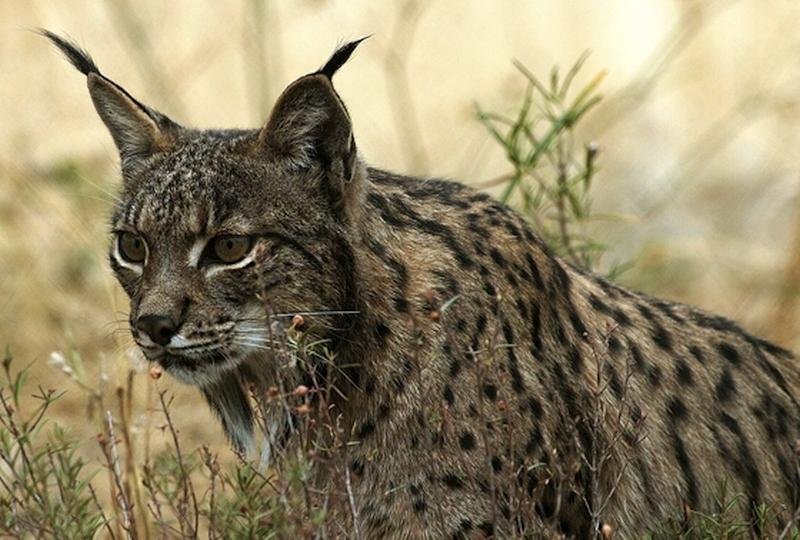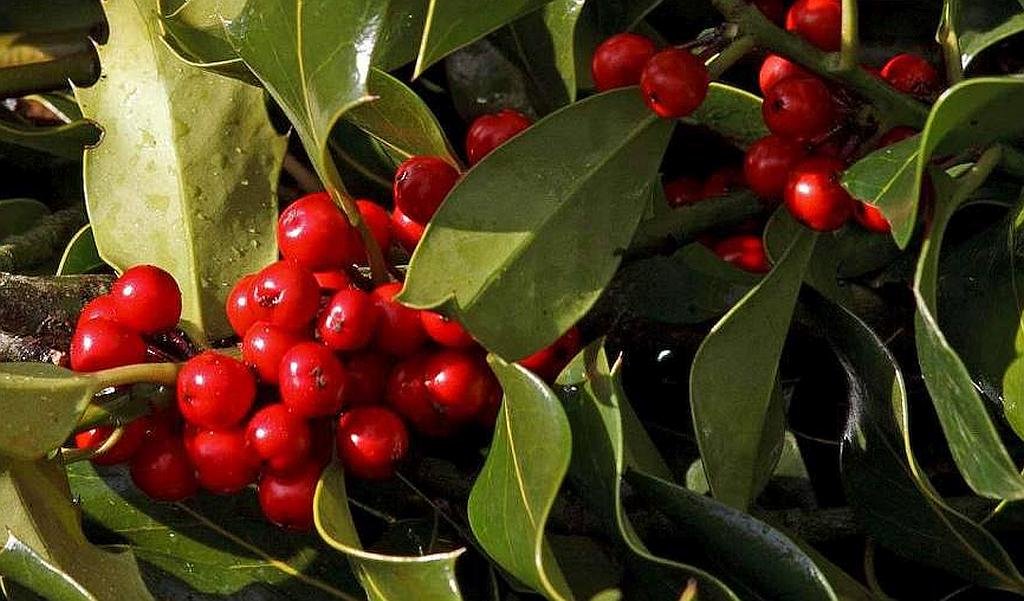27 Iberian lynx to be released in 2021
Of the Iberian lynx born in captivity in 2020, 27 Iberian lynx to be released in 2021. Six have already been released with two in the Guadiana Valley Natural Park (Alentejo, Portugal) and another four in the reintroduction areas of Castilla La Mancha (two in Polán,Toledo and two in Torre Juan Abad, Ciudad Real. These … Read more


